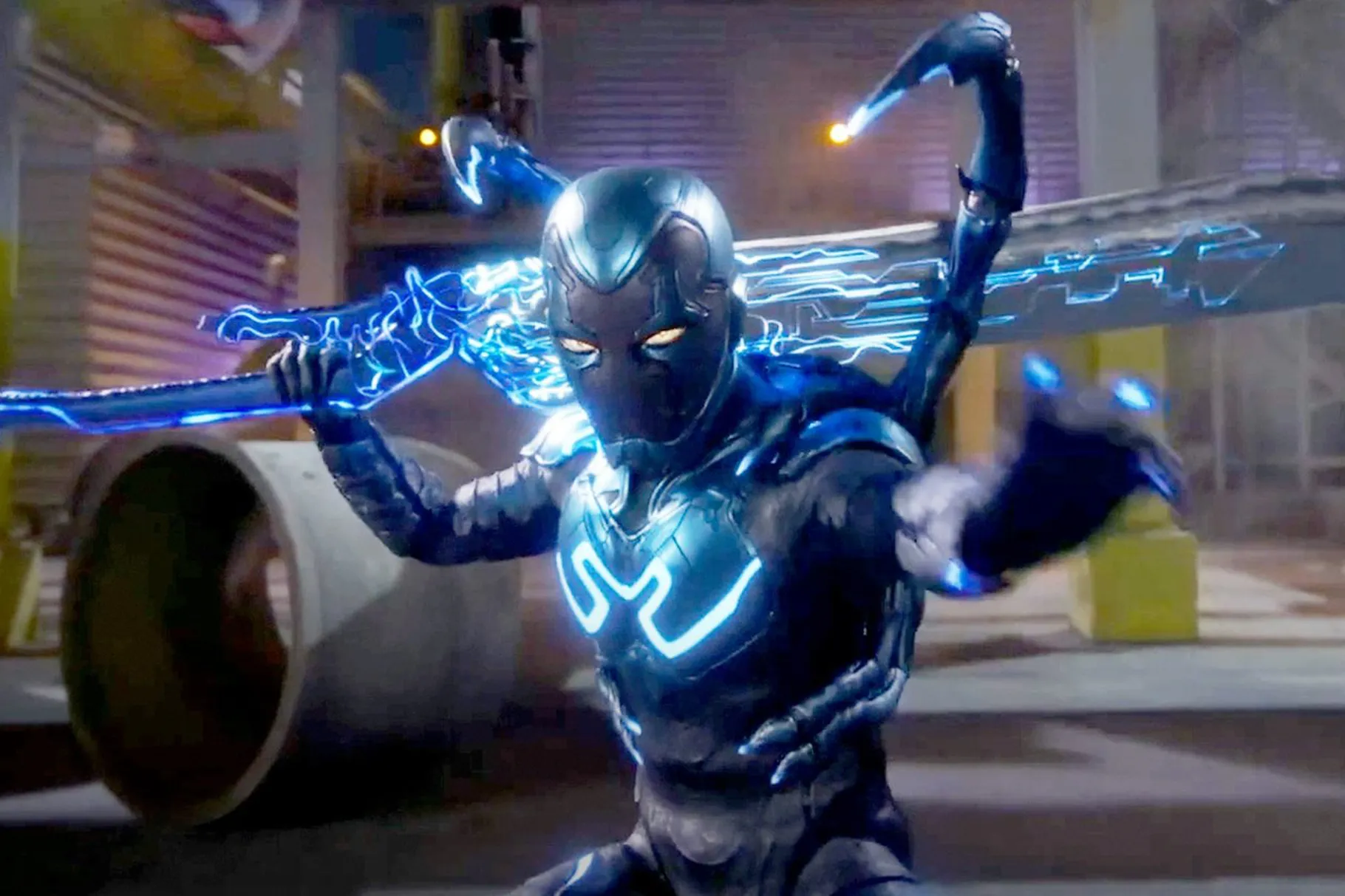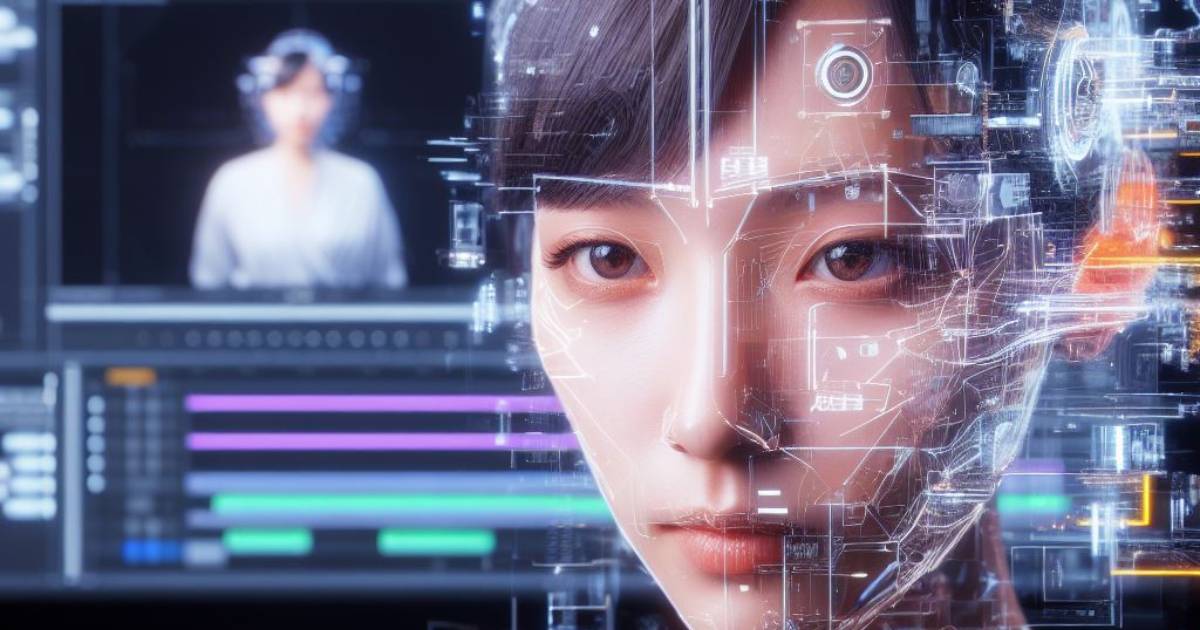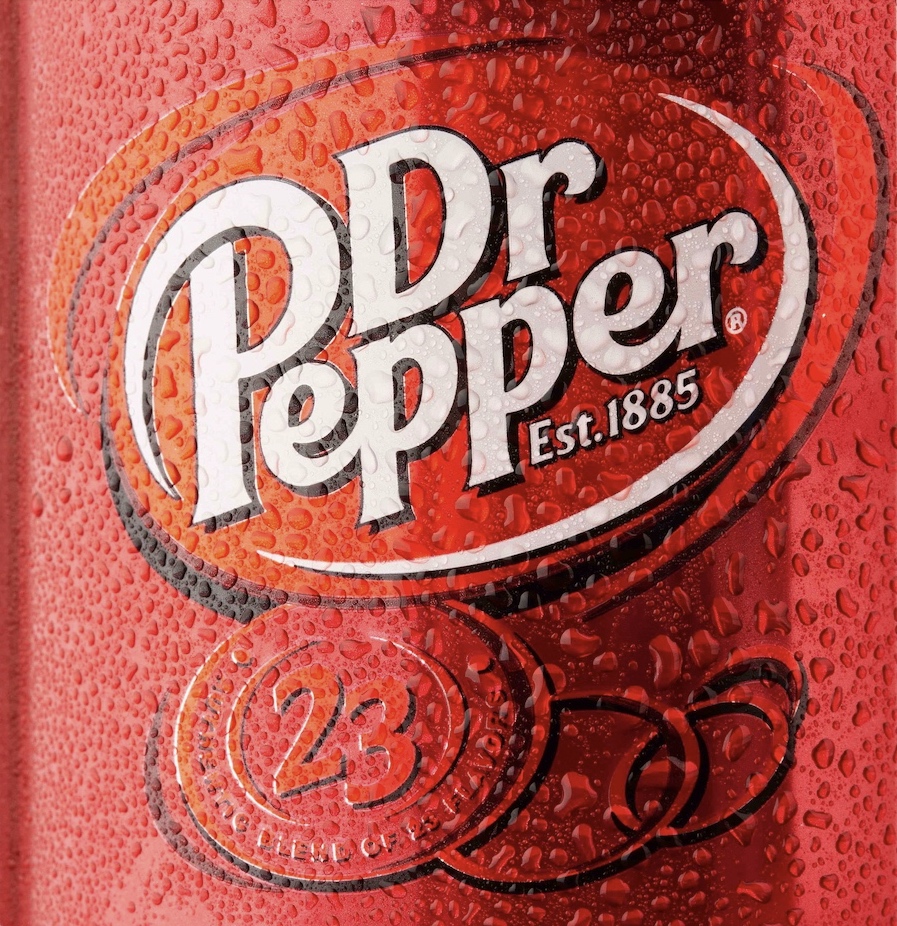The Rise of Virtual and Augmented Reality in Corporate Branding
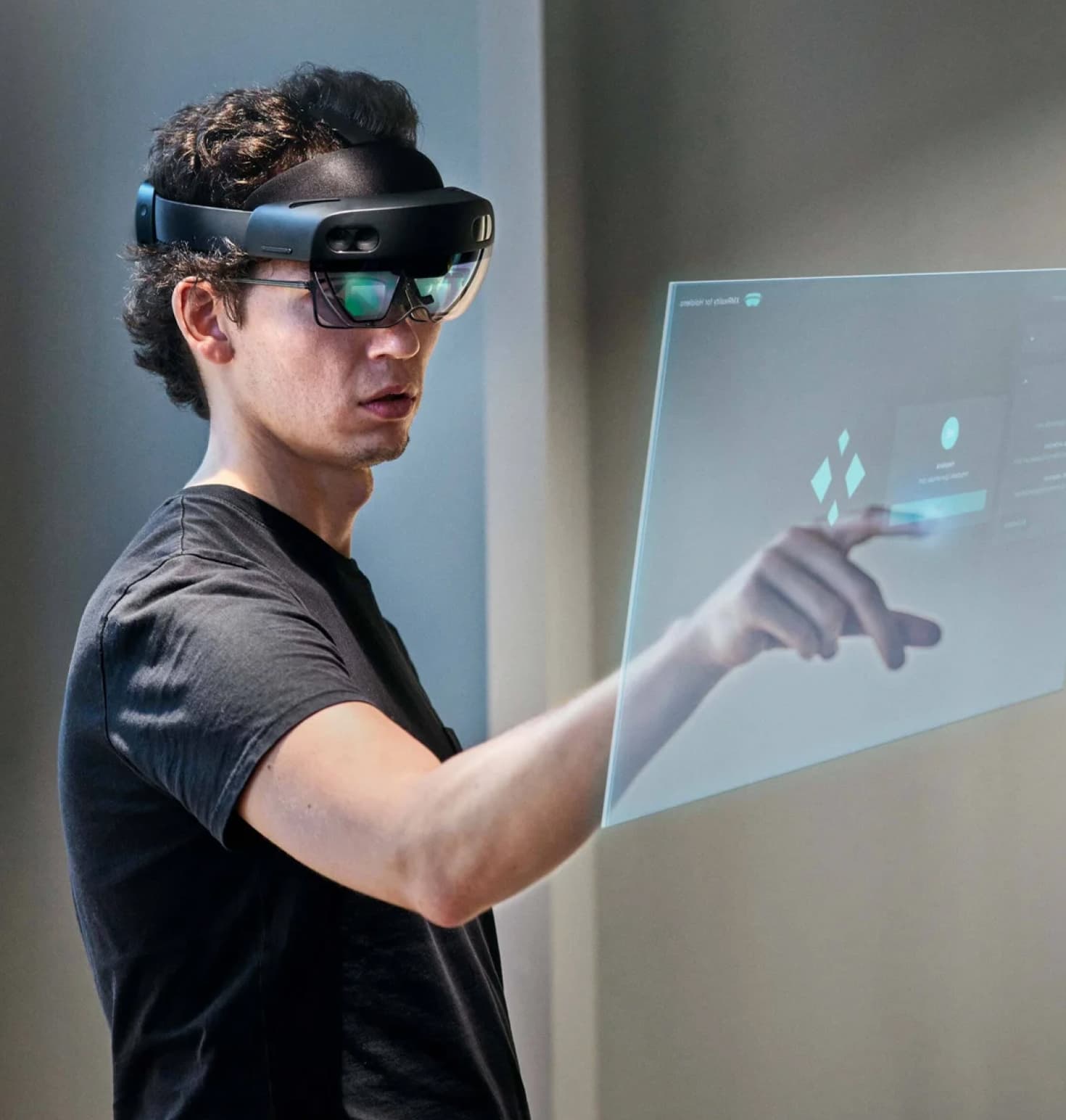
What Is VR and AR?
Virtual reality is a fully immersive, computer-generated fictional space accessed by a special headset, encompassing one’s entire field of view. Headphones often complement the experience with sound, creating an even deeper sense of immersion. Experiments are now underway to incorporate other senses into virtual reality, such as touch with the use of haptics and smell with the use of scentography. Yes really!
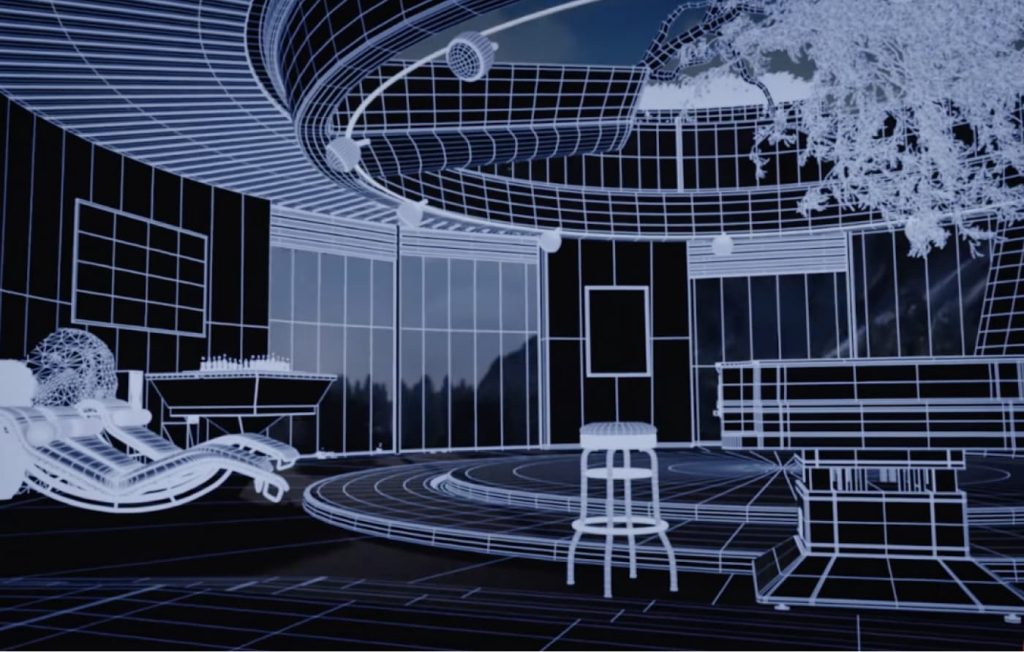
Augmented reality accomplishes immersion without surrounding a viewer’s senses. Instead, it augments a viewer’s real world visual experience by superimposing digital images in one’s line of sight. A variety of gadgets, like headsets, special glasses, projection devices, and our smartphones, have the capability to overlay digital images and seamlessly integrate them with what’s in front of us. Augmented reality can show you navigation tips, compare prices for products on the Internet, instantly view QR content, and display learning tutorials without the need to look away from your task at hand.
What is the Metaverse? Future VR and AR Trends in Corporate Branding
While augmented reality and virtual reality are distinct, it is helpful to remember when discussing them that both are types of virtual technology. These virtual technologies makeup what can be understood as the metaverse. To be clear, the metaverse has become a kleenex like word. Mark Zuckerberg’s Metaverse™ is a slice of the overall metaverse. Other brands like Roblox have metaverses of their own.
A key area of development in corporate branding is the transition of businesses to the new generation digital space. We are talking about alternative virtual domains like Metaverse, Roblox, and Fortnite. Innovations in this space already host concerts, conduct sales, and facilitate business meetings. Immersive communication in AR/VR will be as commonplace as messaging on social networks and through messengers. This opens up new opportunities for businesses to reach customers while using virtual assistants, providing virtual services, and selling digital goods that have no analogs in the real world.
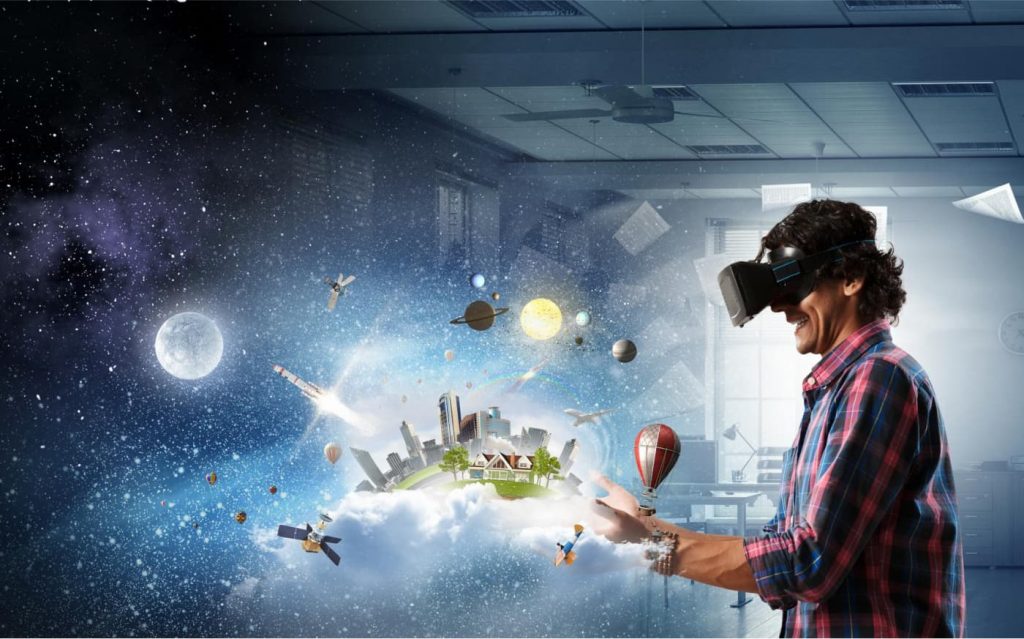
Mark Zuckerberg’s Metaverse is one of the most ambitious virtual and augmented reality projects for the future. It’s an alternative universe available to millions of users today. In the Metaverse, you can open online stores with the delivery of real goods, organize meetings, and play sports with special equipment. The popularity of headsets, from Apple and Facebook and others, and their assimilation into society will compel a shift of more advertising to the virtual space.
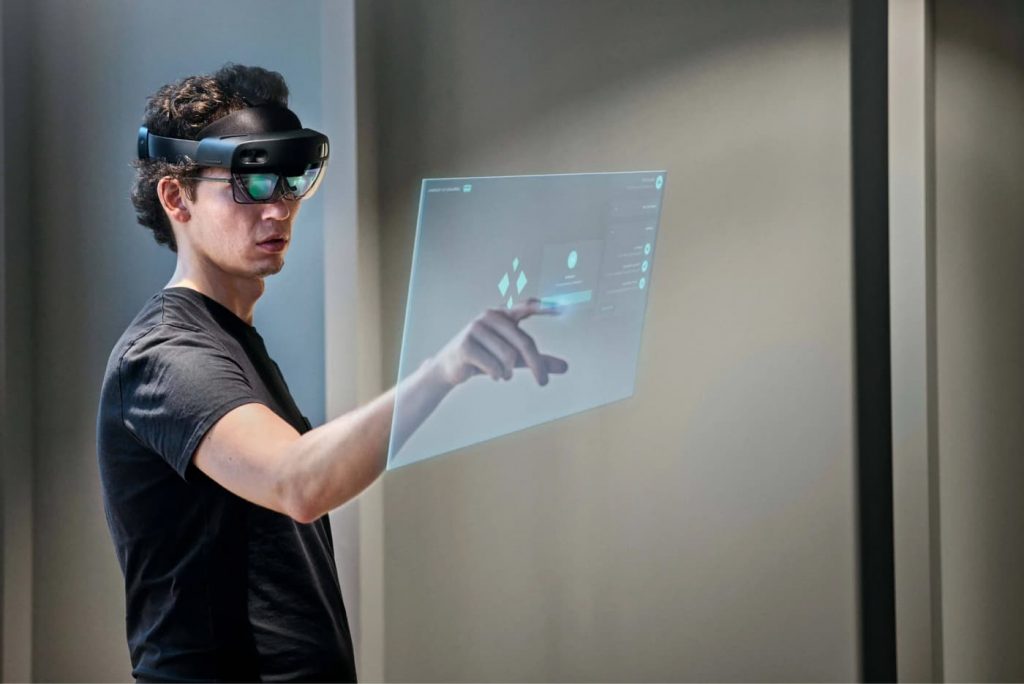
How Can VR and AR Be Used in Marketing and Branding?
A priority area for augmented and virtual reality is product presentation. Imagine perusing a house in a realtor’s catalog and then touring the entire property from wherever you are at the flip of a switch. This same innovation allows you to visualize clothing on your body or furniture from a store in your apartment.
Some ways we expect to see AR and VR used in marketing:
- Virtual stores will make entire inventories available at once in immersive 3D. As virtual store applications develop and fundamentally change the ways customers engage, the use of traditional marketing techniques will apply in this new dimension.
- Virtual assistants will be more capable than current models of Apple’s Siri or Amazon’s Alexa, and likely as capable as the most dedicated among us. On one end of the spectrum will be virtual assistants as rudimentary widgets within virtual or augmented reality (think Google calendar in 3D). On the other end of the spectrum will be more advanced examples powered by artificial intelligence. A virtual assistant, whether “smart” or not, may be part of one’s personal suite, helping with schedules, giving tutorials on know-hows, shopping one’s preferences, and generally availing itself as a jack-of-all-trades in the virtual realm. Virtual assistants may also be domain specific, encounterable in brick-and-mortar stores, and unique to the brands or industries they represent.
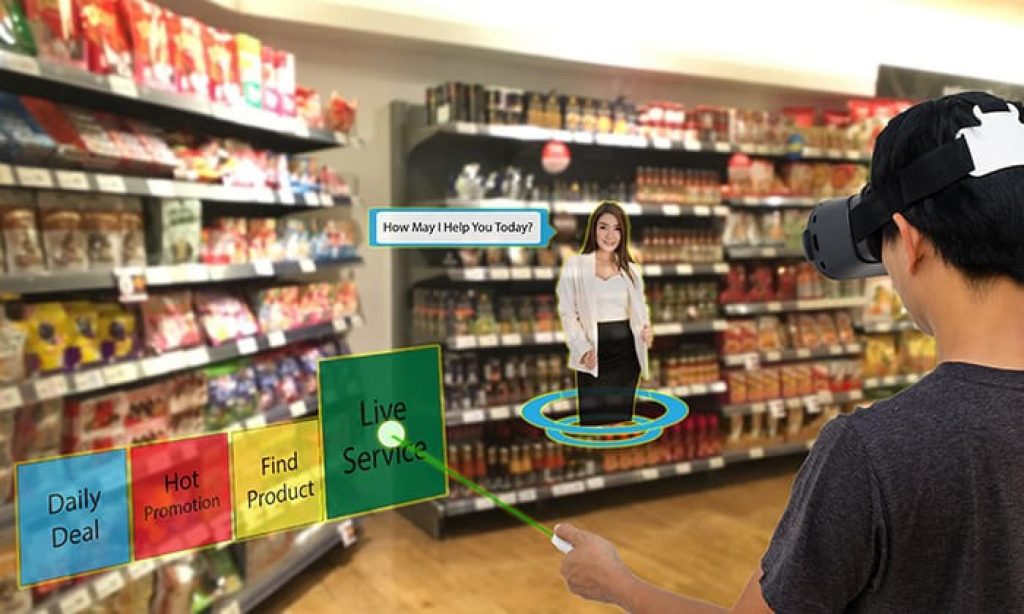
Source: https://media.licdn.com/dms/image/ - User experiences (UX) will undoubtedly make use of virtual and augmented reality. Today, sales teams consider the experience of unboxing their products, architects design the flow of one’s experience through their buildings, and technologists along with digital artists create the interfaces we use for software, websites, and the like. New innovations with virtual and augmented reality will become some of the best ways to make emotional impressions and establish virtual acquaintance with a product or service.
Current Use in VR and AR for Marketing and Branding
The following are AR and VR tools used in marketing today that many, especially among younger generations, already take for granted:
- AR filters. They change the image of people or certain objects in the cameras, allowing you to “try on” clothes, cosmetics, paints, finishing materials, and more.
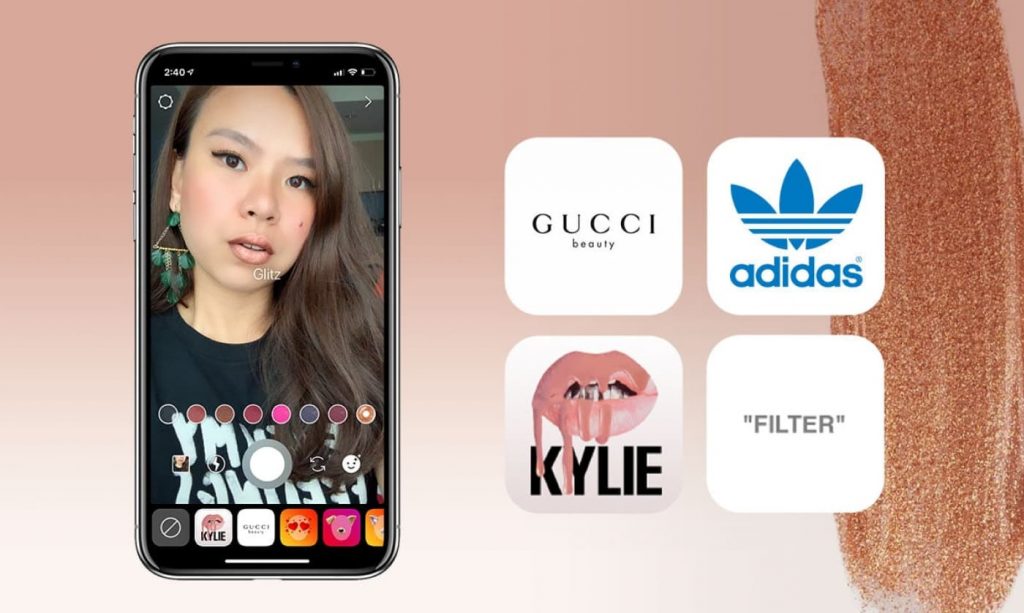
Source: https://influencermarketinghub.com/wp-content/uploads/2019/06/gadgetmatch-instagram-stories-filters-camera-effects-20181001.jpg - Advanced visualizations. These demonstrate the functions and features of products when the camera is pointed at them. They allow you to see the product in action before buying it.
- Interactive quests. Games that involve searching for objects or clues and completing other tasks. They allow users to engage and interact with the brand.
- Workplace dashboards. They use an AR or VR headset as a screen, allowing you to lay out multiple utlitities anywhere in the field of view.
Top 8 Examples of AR and VR Application in Marketing and Branding
1. IKEA
The Swedish furniture store chain was one of the first to integrate AR into its mobile app, presenting one of the best augmented reality marketing examples. Their program allows you to “place” a product from the catalog in your home using your smartphone camera. Convenient controls allow you to rotate the item and choose its placement.

2. Gucci
The premium brand has opened its virtual store using the Roblox metaverse. In it, you can get acquainted with the history of the company through a series of mini-games, communicate with stylists, and buy clothes for your avatar.
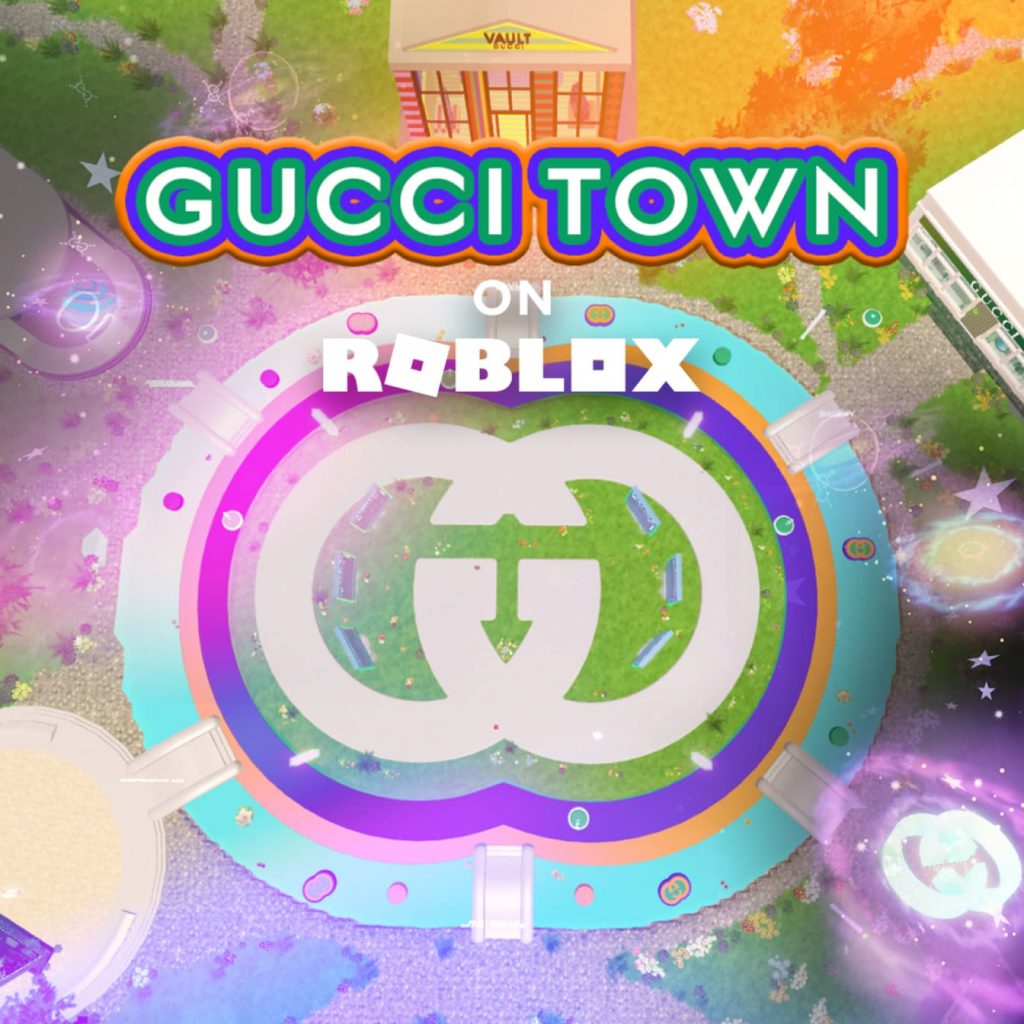
3. Burberry
A subtler luxury brand used augmented reality to enhance simple UX and increase customer flow within its stores. By scanning a QR code with the help of Burberry’s app, users could see an ancient Greek statue trying on new clothes, walking around the store and interacting with visitors.
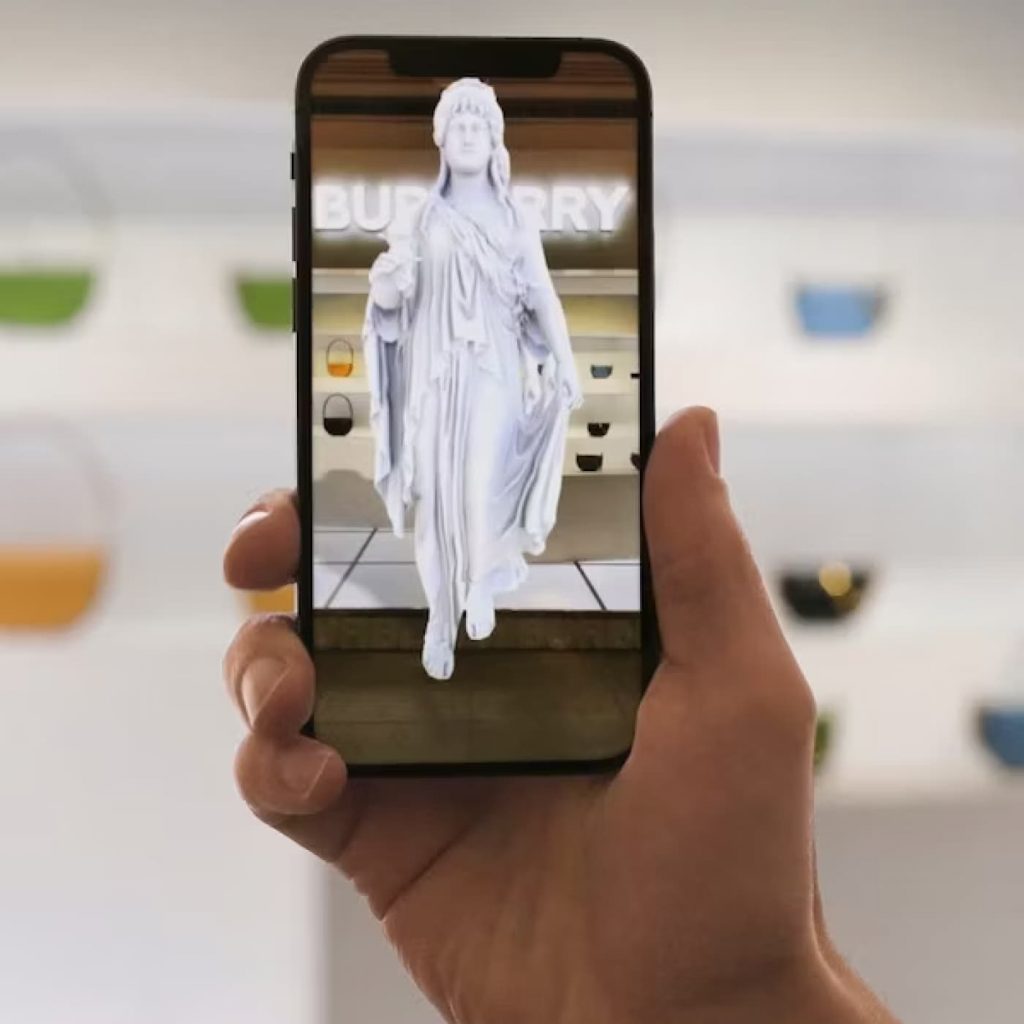
4. Etsy
The marketplace for crafts created a digital exhibition of its best products in the form of an ordinary house filled with interesting products — carpets, paintings, jewelry, etc.

5. Adidas Terrex
The manufacturer of hiking shoes showed what climbing a mountain looks like from the point of view of an athlete. With a VR headset, users can vicariously trek one of the most difficult routes in the world — the Delicatessen route in Corsica.
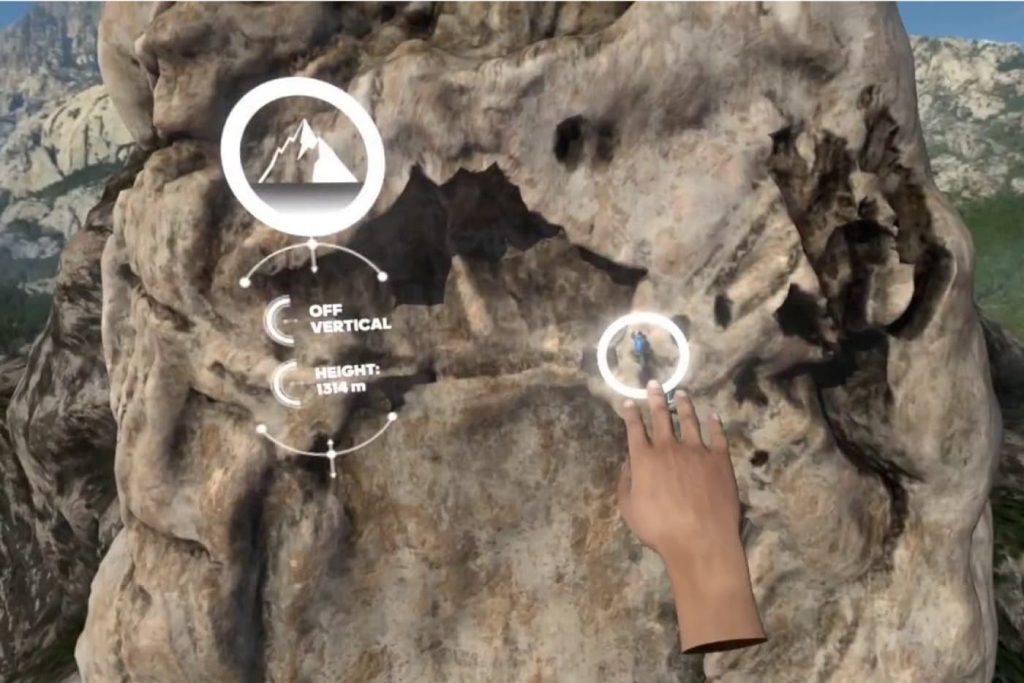
6. SnapChat
The social network invited users to paint virtual murals and graffiti on the walls, roads, and sidewalks of their cities. This campaign sought to entertain people with a love of creativity, communication, and self-expression through technology.

7. McDonald’s
The fast-food giant created an instantly-classic example of virtual reality marketing, which is now being written about in textbooks. The box from its Happy Meal combo set could be refolded into a case for your smartphone, turning it into an improvised VR headset equipped with lenses for viewing several educational games up close with complete immersion
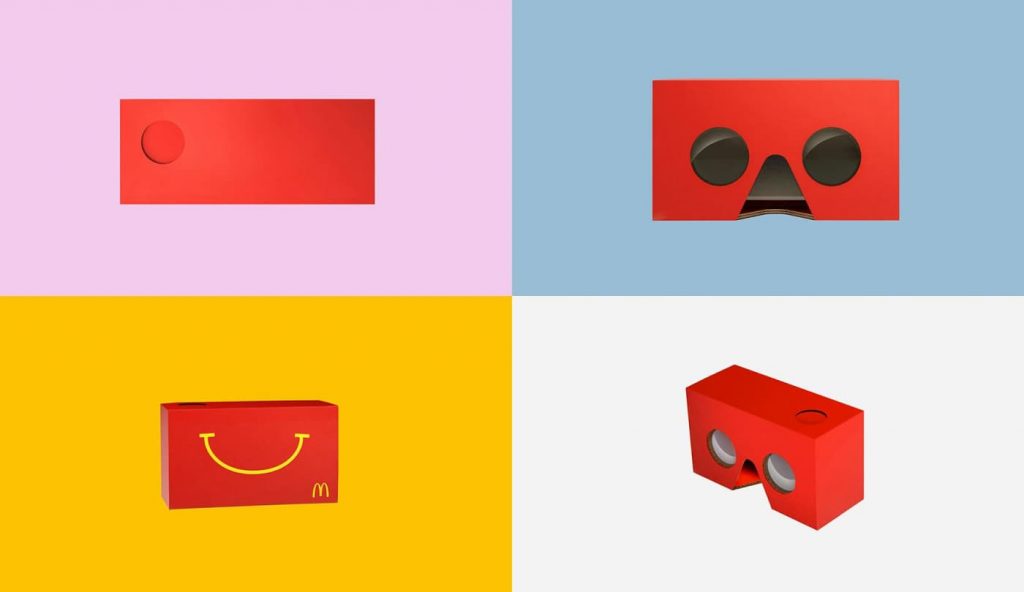
8. All Nippon Airways
The Japanese airline increased its sales of expensive tickets by integrating virtual reality for marketing. Within its mobile application, customers could experience being in the business class cabin.
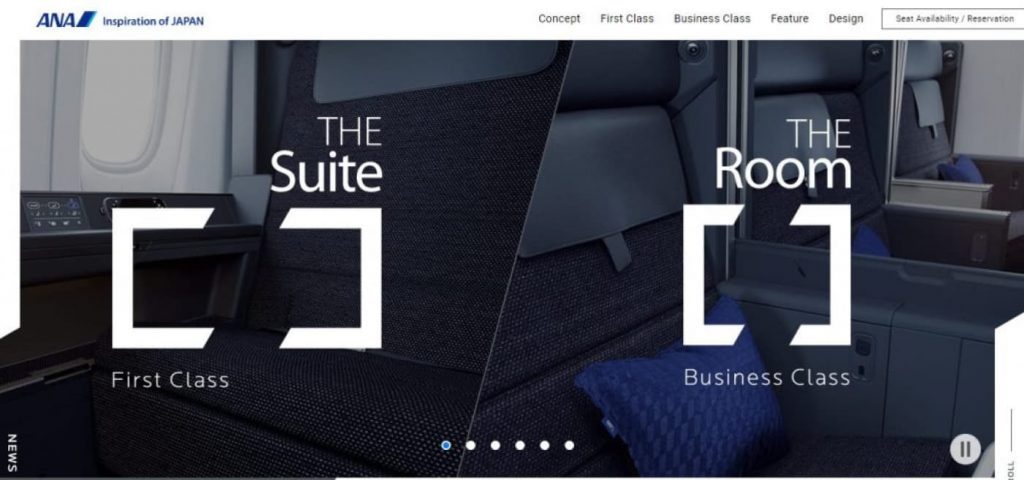
Finitione
The use of marketing with virtual reality, augmented reality, and the metaverse in-whole will continue to grow and is already a trend of today. As it becomes more a part of culture and society, practice has shown it to be quite accessible to the average user.
The market is far from saturated with these innovations, but give it time. Remind yourself of when social media first began. The metaverse will become more a part of our collective consciousness. More businesses will opt-in as access increases and learning curves improve. So if you are among the ambitious, you have time to stand out in the field with a significant mark before advancements like these are run-of-the-mill.
